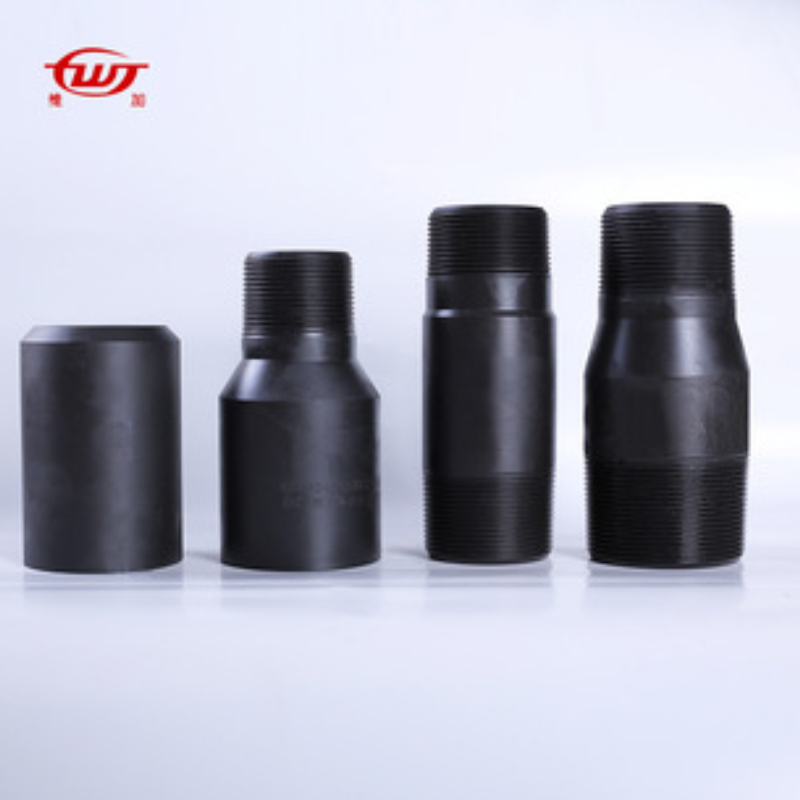- Afrikaans
- Albanian
- Amharic
- Arabic
- Armenian
- Azerbaijani
- Basque
- Belarusian
- Bengali
- Bosnian
- Bulgarian
- Catalan
- Cebuano
- Corsican
- Croatian
- Czech
- Danish
- Dutch
- English
- Esperanto
- Estonian
- Finnish
- French
- Frisian
- Galician
- Georgian
- German
- Greek
- Gujarati
- Haitian Creole
- hausa
- hawaiian
- Hebrew
- Hindi
- Miao
- Hungarian
- Icelandic
- igbo
- Indonesian
- irish
- Italian
- Japanese
- Javanese
- Kannada
- kazakh
- Khmer
- Rwandese
- Korean
- Kurdish
- Kyrgyz
- Lao
- Latin
- Latvian
- Lithuanian
- Luxembourgish
- Macedonian
- Malgashi
- Malay
- Malayalam
- Maltese
- Maori
- Marathi
- Mongolian
- Myanmar
- Nepali
- Norwegian
- Norwegian
- Occitan
- Pashto
- Persian
- Polish
- Portuguese
- Punjabi
- Romanian
- Russian
- Samoan
- Scottish Gaelic
- Serbian
- Sesotho
- Shona
- Sindhi
- Sinhala
- Slovak
- Slovenian
- Somali
- Spanish
- Sundanese
- Swahili
- Swedish
- Tagalog
- Tajik
- Tamil
- Tatar
- Telugu
- Thai
- Turkish
- Turkmen
- Ukrainian
- Urdu
- Uighur
- Uzbek
- Vietnamese
- Welsh
- Bantu
- Yiddish
- Yoruba
- Zulu
perforated pup joints
Understanding Perforated Pup Joints Key Components in Oil and Gas Industry
In the oil and gas industry, the efficient and safe transport of fluids is crucial for successful extraction and production. One essential component of this process is the perforated pup joint. These specialized pipes play a pivotal role in various drilling and completion operations, and understanding their design, functionality, and applications is important for industry professionals.
What are Perforated Pup Joints?
Perforated pup joints are short lengths of pipe that are designed with perforations or holes along their length. These holes allow for the passage of fluids and gases, making them invaluable in a variety of applications, particularly in well completions and production operations. They are typically made from high-strength steel to withstand the extreme conditions found in oil and gas wells.
The term pup joint generally refers to any short piece of pipe, usually ranging from 2 to 12 feet in length. The addition of perforations transforms a standard pup joint into a highly functional device that can perform specific tasks in the drilling and completion phases of oil and gas operations.
Functionality and Applications
The functionality of perforated pup joints can be categorized into several key areas
1. Fluid Flow Management The primary purpose of perforated pup joints is to facilitate the flow of drilling fluids, completion fluids, and production fluids. The perforations allow these fluids to enter or exit the wellbore, enabling efficient circulation during drilling and controlling the flow of hydrocarbons during production.
2. Reservoir Communication Perforated pup joints are often used in conjunction with well screens and other completion equipment to enhance communication with the surrounding reservoir. By allowing formation fluids to enter the wellbore, they help maintain pressure and optimize production rates.
perforated pup joints

3. Sand Control In unconsolidated formations, the risk of sand production can be a significant challenge. Perforated pup joints can be part of a sand control system that prevents sand from entering the production stream while still allowing hydrocarbons to flow. This is particularly important in maintaining the integrity of production equipment and ensuring a stable operation.
4. Testing and Monitoring Perforated pup joints can also serve as testing points within a wellbore. By strategically placing these joints, operators can monitor reservoir conditions, fluid characteristics, and pressure responses, which are critical for making informed decisions during production.
Design Considerations
The design of perforated pup joints must take into account several factors to ensure their effectiveness and safety. These include
- Material Strength Since these components are exposed to high pressures and corrosive fluids, the material used in their construction must have high tensile strength and resistance to corrosion.
- Perforation Size and Pattern The size and configuration of the perforations are crucial; they must be designed to maximize fluid flow while minimizing the risk of sand and particulates entering the joint.
- Connection Types Perforated pup joints can be equipped with various connection types to facilitate ease of installation and removal. Common options include threaded, welded, and flanged connections, depending on the specific application and operational requirements.
Conclusion
Perforated pup joints are a vital component of the oil and gas industry, providing essential functions that support the flow of fluids and ensure efficient reservoir communication. Their ability to manage fluid dynamics, control sand production, and facilitate testing makes them indispensable in modern drilling and completion practices. As the industry evolves and technologies advance, the design and application of perforated pup joints will continue to adapt, ensuring their relevance in the pursuit of safe and effective hydrocarbon production. Understanding their importance helps industry professionals make more informed decisions, ultimately contributing to the efficiency and safety of oil and gas operations.
-
Tubing Pup Joints: Essential Components for Oil and Gas OperationsNewsJul.10,2025
-
Pup Joints: Essential Components for Reliable Drilling OperationsNewsJul.10,2025
-
Pipe Couplings: Connecting Your World EfficientlyNewsJul.10,2025
-
Mastering Oilfield Operations with Quality Tubing and CasingNewsJul.10,2025
-
High-Quality Casing Couplings for Every NeedNewsJul.10,2025
-
Boost Your Drilling Efficiency with Premium Crossover Tools & Seating NipplesNewsJul.10,2025







